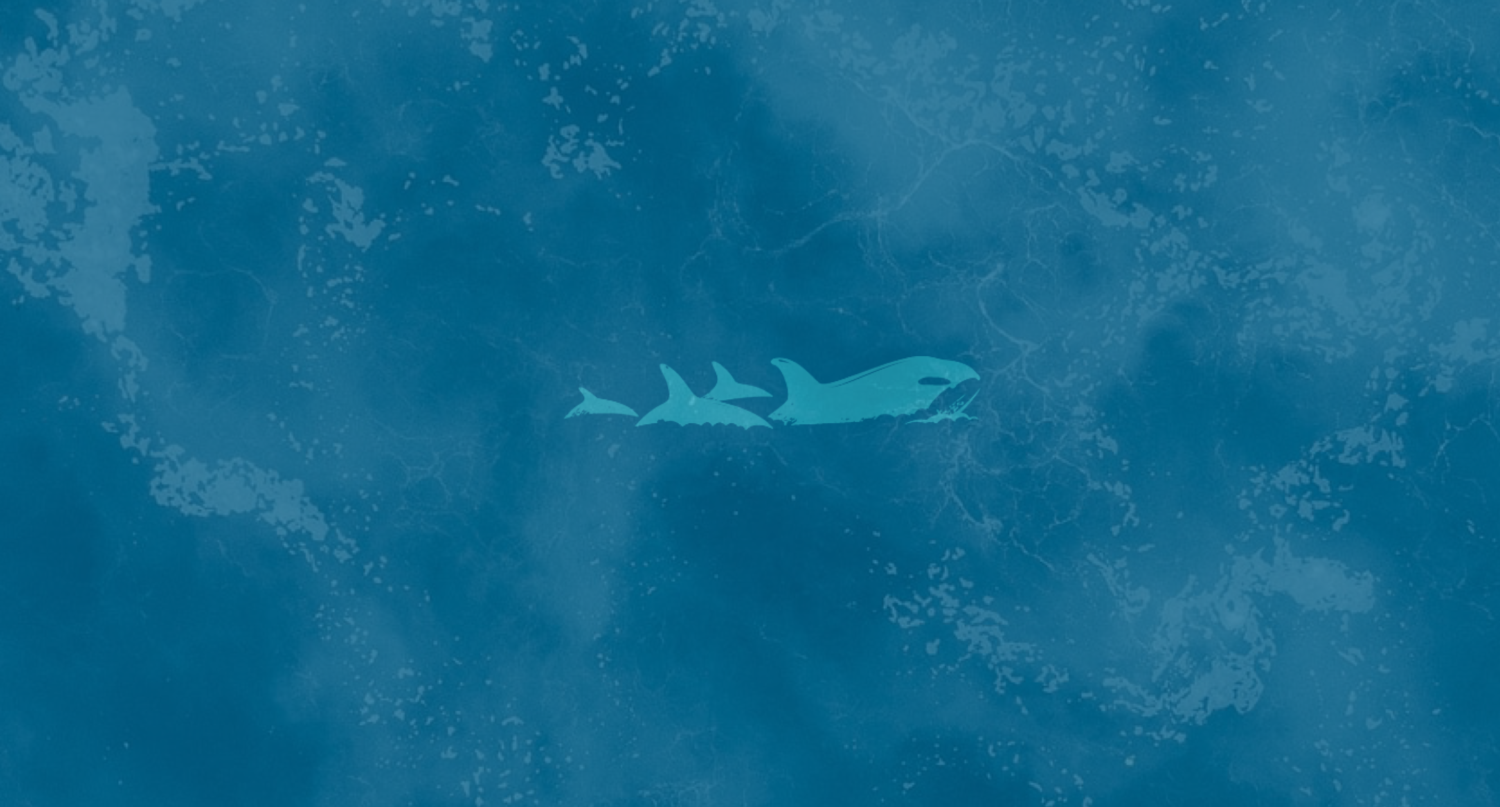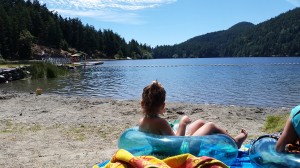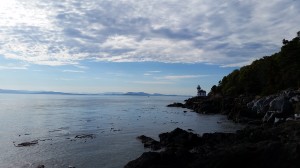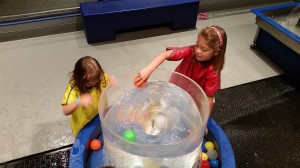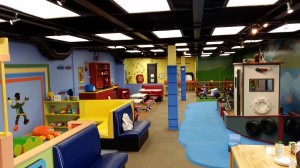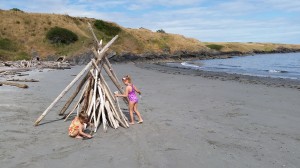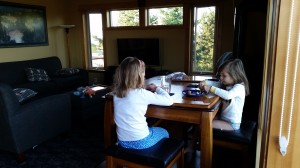Tinkle practice
Like most girls, L and R are *huge* fans of the Disney movie, Frozen, and they love the line in the song, “Fixer Upper,” about going “tinkle in the woods.” In practice, however, the kids actually are quite terrible at actually going tinkle in the woods. And they’re not getting better any time soon.
Powerwoman and I were reminded of this on two consecutive outings this week.
R’s bladder failure happened first, after an ill-advised cup of milk and an unexpectedly long beachcombing trip along Orcas Island’s Crescent Beach. One minute we were plodding along the shoreline looking for beach glass, the next minute, she announced she had to pee, pulled down her pants, squatted to go, and peed all over herself.
L’s tinkle-castrophe occurred the following day while we were watching whales (we did a lot of that). This scene played out in similar fashion: Sudden need to urinate, pants at the ankles, and a valiant squat attempt, followed by soaked flip-flops and undies.
In R’s case, the issue was inexperience; because she’s only freestyled once before, she doesn’t really know how to do it. L’s case, the culprit simply was stubbornness. The child thinks she is the Serena Williams of pee-holding; instead of forcing her to recognize her own limits, we have decided to let her learn them on her own.
Together both experiences reminded Powerwoman and me of an underappreciated family travel truth: Even a little pee versatility can go a long way.
How will this epiphany change our travel practices? In the immediate future, I’m guessing, not that much. Down the road, however, especially before our next big road trip, you better believe my wife and I will work with the kids to help them get better at tinkling in the woods.
I’m sure the path to enlightenment will be rocky. I’m sure we’ll wet a lot of shorts along the way.
Ultimately, of course, the goal is to empower our daughters to go with ease, whenever and wherever they feel they need to go. To paraphrase the famous World Cup slogan: I believe that they will pee.

